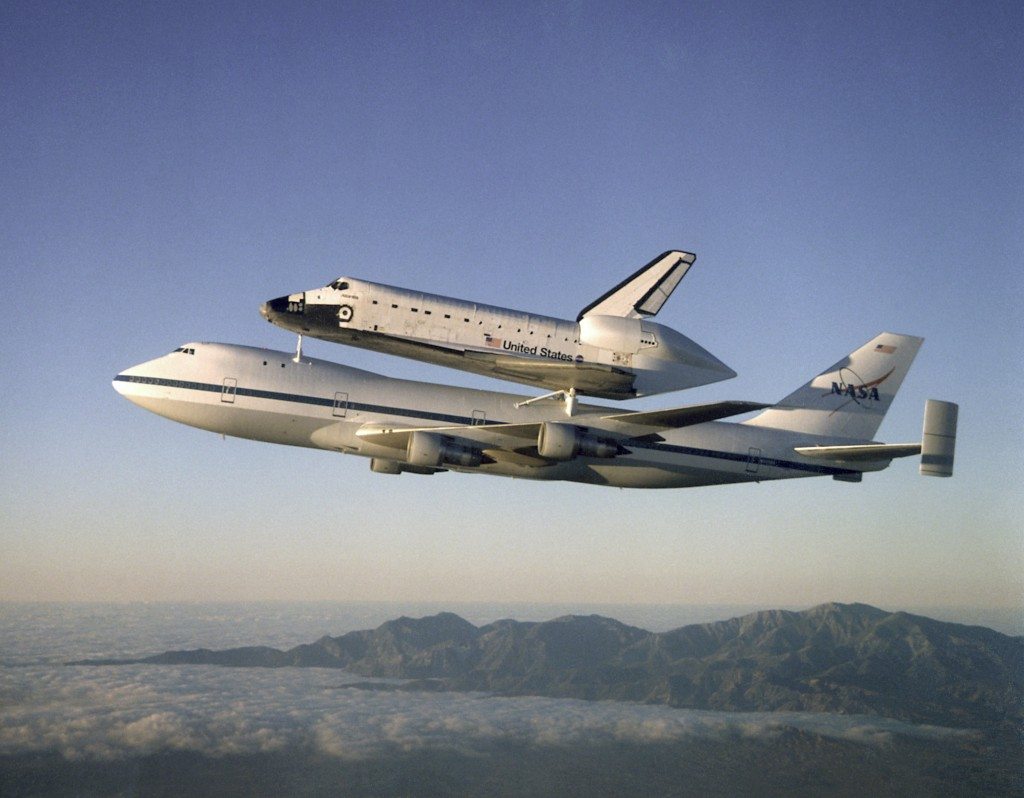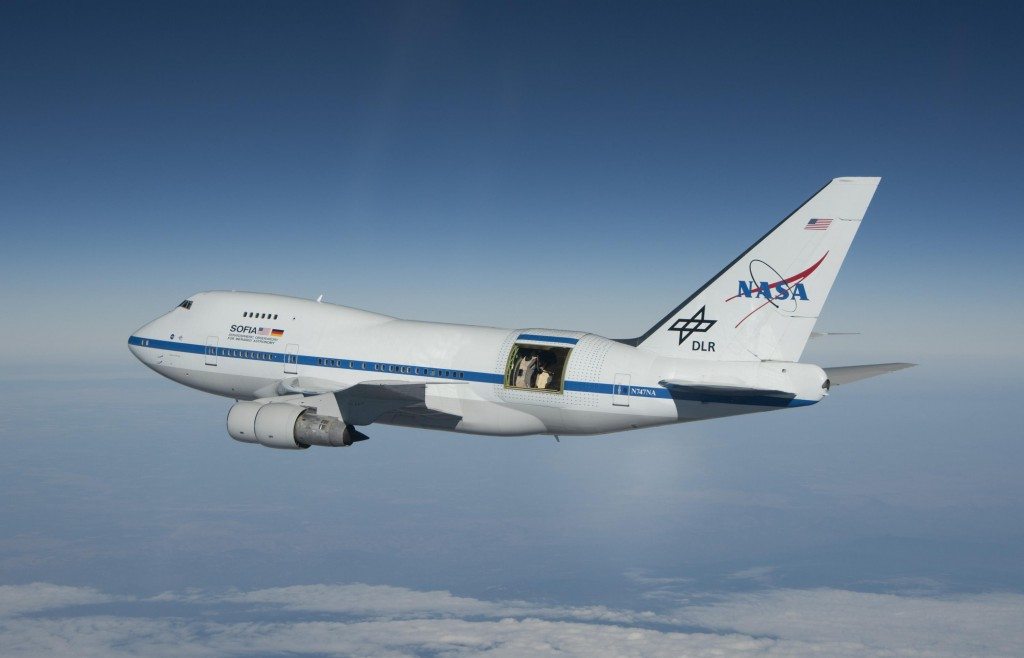An aircraft of epic proportions, crafted to transport a focal point of American history, the Shuttle Carrier Aircraft is one of the most recognized machines across the nation. It is a Boeing 747 outfitted with two additional vertical stabilizers, advanced instrumentation to monitor orbiter electrical loads, and zero furnishings behind the main forward door to aid in stabilization. Every aspect of this monstrous transport was meticulously planned out.
The 747 Wasn’t The Original Plan, But It Made a Great Platform For Its Mission
Originally, the C-5 Galaxy, a military aircraft with a high-wing design, was considered for this job. However, the wing design and operational issues swayed the program towards the B747. The lower wing design was preferred. With a few modifications, the Boeing 747 became the perfect craft for shuttle transport.
Only two aircraft, dubbed NASA 905 and NASA 911, according to their tail numbers, were modified to transport the shuttles. They were obtained from American Airlines and Japan Airlines, respectively. Due to the size of the transport in flight, the first aircraft, NASA 905, was used heavily for research regarding wake vortices. Through the research, engineers learned how to keep trailing aircraft safe from wake turbulence.
The carriers have a wingspan of nearly 196 feet, a length of roughly 232 feet, and a height to the top of the vertical stabilizer of just over 63 feet. When empty, these aircraft weighed roughly 320,000 pounds, with a maximum takeoff weight of 710,000 pounds. Flight for these complete monstrosities was slow, clocking in at 250 knots, with a range of 1,000 nautical miles.

NASA 905 flew 70 of the nearly 90 flights within the shuttle program. It also operated just over 45 of the roughly 55 ferry flights, post-mission. When NASA 911 entered service three years later, it operated 386 flights as the shuttle carrier, but only 66 with the shuttle attached and 17 for the ferry of shuttles post-landing.
After a surplus of 800 flights for NASA, the two Shuttle Carrier Aircraft were retired. The original, NASA 905, was sent to the Johnson Space Center’s visitor center and museum, located right outside the main entry. The inside of NASA 905 was revamped into a museum of its own, reflecting on its career with the Space Administration. Its last contribution to the space program was ferrying retired shuttles to their final resting places in museums across the country.
NASA 911 was retired the same year after landing in California. It’s on display at the Joe Davies Heritage Airpark and is on long-term loan to the city of Palmdale from NASA.
The Shuttle Carriers Were Originally Going To Provide Parts for Another Special NASA 747

Originally, engineers at NASA hoped to harvest parts of the B747s to aid in maintenance for their Stratospheric Observatory for Infrared Astronomy (SOFIA) aircraft. Ultimately, the number of salvageable parts was negligible, so the decision was made to completely preserve these icons.
These carriers used to turn the heads of all Americans. A sight that gave hope to citizens of the Nation’s global advancement. They served as a reminder of the power and capability of the United States of America, and millions watched the final flights with a somber sense of pride.
You can learn more about the Shuttle Carrier 747s in this video by NASA.
